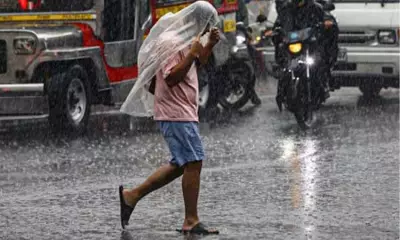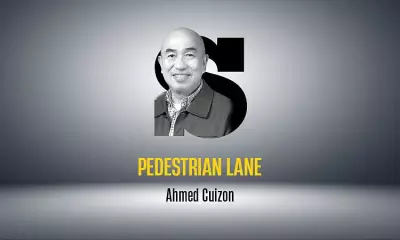
The Philippine province of Cebu faced a devastating one-two punch in November 2025, as Typhoon Tino struck just weeks after a magnitude 6.9 earthquake had traumatized the region. The tropical cyclone, known internationally as Kalmaegi, made landfall on Tuesday, November 4, 2025, unleashing destruction that would claim hundreds of lives.
A Night of Terror
As Typhoon Tino approached in the early hours of November 4, residents throughout Cebu stayed awake through the terrifying night. One local journalist described hearing the first winds around 2:30 AM, with power failing shortly before 5:00 AM. Contrary to expectations that the storm would abate by five o'clock, the winds continued to whip and rain poured heavily until at least 6:00 AM.
The true sense of safety only returned around 8:00 AM, but for many Cebuanos, the damage had already been done. Homes across the city were inundated with floodwaters, with some structures completely washed away along with residents' life savings. The terrifying scene included cars floating like boats in murky waters and piling up like broken toys.
The Human Cost of Disaster
Social media platforms became desperate channels for rescue pleas as the disaster unfolded in real-time. Heartbreaking images emerged of people climbing onto roofs seeking safety, parents desperately holding onto children, and helpless pets tied up as waters rose. Many rescue calls went unanswered as flooded roads made movement impossible.
The official death toll reached 188 people, with 142 victims coming from Cebu alone. Tragically, more than 40 of the deceased were children under two years old. The disaster also left 96 injured and 135 missing, many of whom are children.
Environmental Warnings Ignored
The article raises critical questions about whether these losses could have been prevented. The author points to dismissed environmental warnings as a key factor in the disaster's severity. Rampant deforestation, uncontrolled urbanization, and poor waste management have left Cebu vulnerable to natural disasters.
Clogged drainage systems, diverted public funds, and nonexistent urban planning exacerbated the typhoon's impact. The province has been stripped of its forest cover, with massive soil erosion contributing to deadly flash floods during heavy rains.
As Super Typhoon Uwan approaches the weekend, exhausted residents question how much more they can endure. The author concludes with an urgent call for government accountability, environmental reform, and concrete action to prevent future tragedies.





